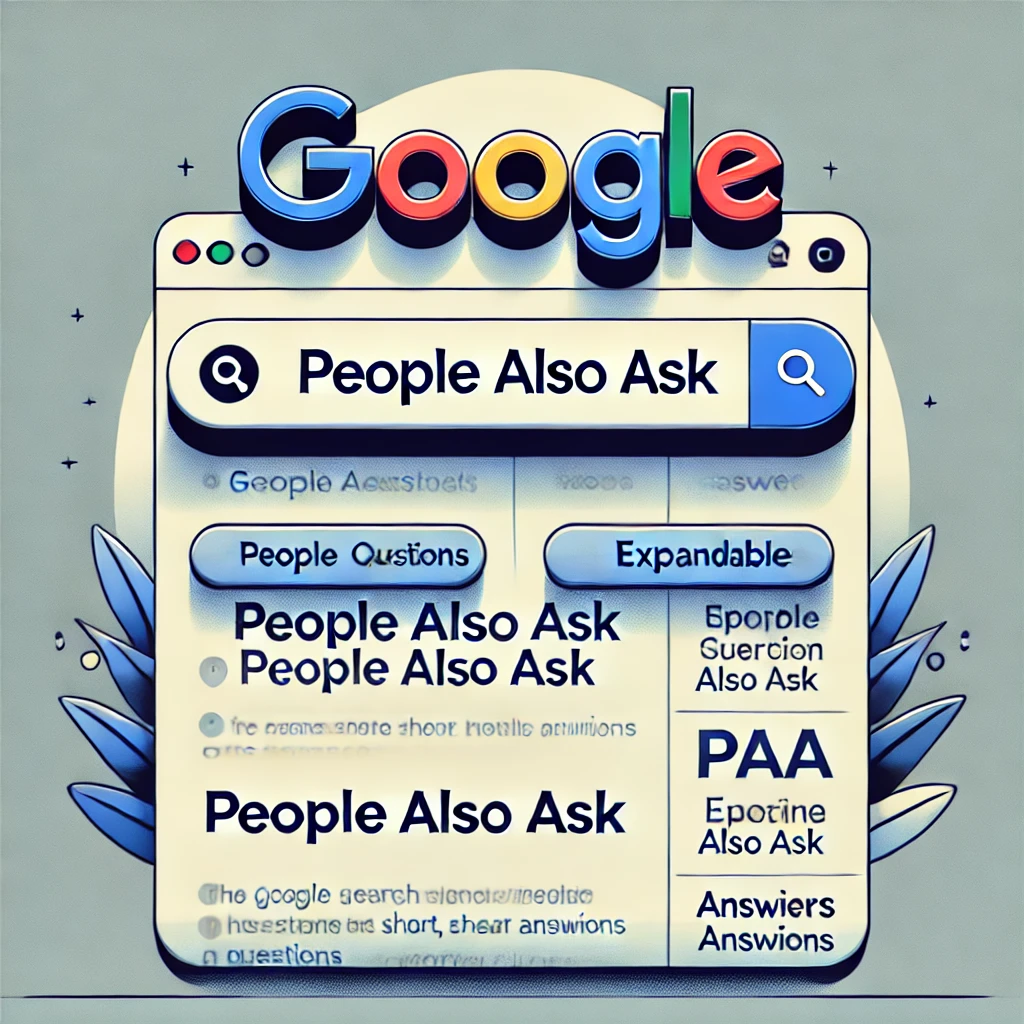How to Rank for Google’s People Also Ask Boxes
When you search something on Google, you might notice a section called “People Also Ask” (PAA). These are questions related to your search that Google thinks might be helpful. If you can get your content to appear in these boxes, it can bring more visitors to your website. But how do you rank for Google’s People Also Ask boxes? Don’t worry, even if you’re new to SEO, I’ll explain it in a simple way.
What is the People Also Ask Box?
Before jumping into ranking, let’s first understand what the PAA box is. When someone searches for something on Google, they often have other related questions. The PAA box shows these common questions and gives short answers. If you click on a question, it expands to show the answer, and often includes a link to a webpage. If your webpage answers the question well, Google might feature it in the PAA box.

Why is Ranking in PAA Boxes Important?
Ranking in PAA boxes has several benefits:
- More Visibility: Even if your website isn’t ranked at the top, being in a PAA box can get you noticed.
- Increased Traffic: People click on these boxes to learn more. If they find your website linked in the box, they might visit it.
- Authority: When your content is featured, it shows that Google trusts your website as a good source of information.
Now, let’s go through some simple steps to help your content rank in these boxes.
1. Answer Common Questions
The key to getting your content in a PAA box is to answer questions people are already asking. Think about your target audience and what they might search for. For example, if you run a bakery blog, common questions could be “How do I bake a cake without eggs?” or “What is the best way to frost a cake?”
Use tools like Google’s autocomplete, AnswerThePublic, or even the PAA boxes themselves to find out what questions people are asking.
2. Structure Your Content for Easy Reading
Google prefers content that is easy to read. This means your answers should be short, clear, and to the point. A good rule of thumb is to keep your answer to 2-3 sentences. After answering the question briefly, you can go into more detail further down in your blog post.
For example, if the question is, “How do I optimize my website for SEO?” a simple answer could be: “To optimize your website for SEO, focus on using the right keywords, improving site speed, and creating quality content. These steps will help improve your ranking on search engines like Google.”
Then, you can explain each step in more detail in the rest of the post.
3. Use Headers to Organize Questions
Google likes content that is well-organized. Using headers (like H2 or H3 tags) to structure your content helps Google understand what your page is about. You can even include questions as headers! This way, Google sees that your content answers a specific question, making it more likely to feature your page in a PAA box.
For example, you could write:
- How can I improve my website’s loading speed?
- What are the best keywords to use for SEO?
4. Use Schema Markup
Schema markup is a special code you can add to your website that helps Google understand your content better. By using FAQ schema or Q&A schema, you can increase your chances of appearing in the PAA box. There are plenty of guides online that can help you add schema markup to your website, even if you’re not a tech expert.
5. Create High-Quality Content
Google wants to feature the best content, so make sure your content is valuable and well-written. Provide helpful answers, include relevant examples, and back up your claims with reliable sources. If Google sees that people find your content useful, it’s more likely to feature it in the PAA box.
Conclusion
Ranking in Google’s People Also Ask boxes isn’t complicated, but it does take some thought and effort. By answering common questions, keeping your content clear and structured, and using tools like schema markup, you can improve your chances of being featured. With these tips, even if you’re new to SEO, you can start seeing results and drive more traffic to your website.
Remember, it’s all about providing helpful information to users, and Google will reward you for it!
